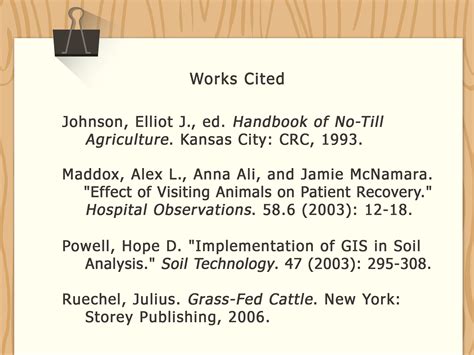How To Cite In MLA In-Text: A Simple Guide
MLA (Modern Language Association) in-text citations are crucial for academic writing. They provide concise credit to your sources, preventing plagiarism and allowing readers to easily locate your references in the Works Cited page. This guide will walk you through the basics, offering clear examples to make the process straightforward.
Understanding MLA In-Text Citations
The core of an MLA in-text citation usually includes the author's last name and the page number, enclosed in parentheses. This information is placed at the end of the sentence containing the borrowed information, before the period. Let's explore different scenarios.
Citing a Work by a Single Author
When citing a work by a single author, use the author's last name and the page number.
Example:
Shakespeare's exploration of ambition is evident in Macbeth's relentless pursuit of power (Shakespeare 125).
Citing a Work by Two Authors
For works with two authors, include both last names, separated by "and."
Example:
The researchers found a significant correlation between social media use and anxiety levels (Smith and Jones 42).
Citing a Work by Three or More Authors
With three or more authors, use only the first author's last name followed by "et al." (Latin for "and others").
Example:
Recent studies have highlighted the impact of climate change on global ecosystems (Brown et al. 10).
Citing Works Without Page Numbers
For sources without page numbers, such as websites or online articles, use a paragraph number if available. If paragraph numbers are not available, use a section heading or other identifying feature.
Examples:
- With paragraph number: ("The impact of technology is significant" (par. 3)).
- With section heading: ("The study concluded that..." ("Results" section)).
Citing Indirect Sources
If you cite a source that's quoted in another source, you indicate this using "qtd. in."
Example:
As Johnson states, "The evidence is undeniable" (qtd. in Miller 57).
Citing Multiple Works by the Same Author
If you cite multiple works by the same author, include a shortened title after the author's name to distinguish the sources.
Example:
(Smith, Theories of Motivation 25).
Integrating Quotes Effectively
Avoid dropping quotes into your text without context. Smoothly integrate them by introducing them with a signal phrase or a brief lead-in. Use a variety of verbs to introduce quotes, such as “argues,” “states,” “suggests,” or “notes.”
Example:
As Smith argues, "The evidence overwhelmingly supports our hypothesis" (Smith 123).
Crafting Your Works Cited Page
Remember, in-text citations are only half the battle. The Works Cited page provides the full bibliographic information for each source mentioned in your paper. Accurate and consistent formatting of this page is essential for credibility. Consult an updated MLA style guide for the correct formatting of different source types (books, articles, websites, etc.).
By mastering these techniques, you can effectively cite your sources in MLA style, contributing to the overall academic integrity and professionalism of your writing. Remember to always consult the latest edition of the MLA Handbook for the most up-to-date guidelines.
